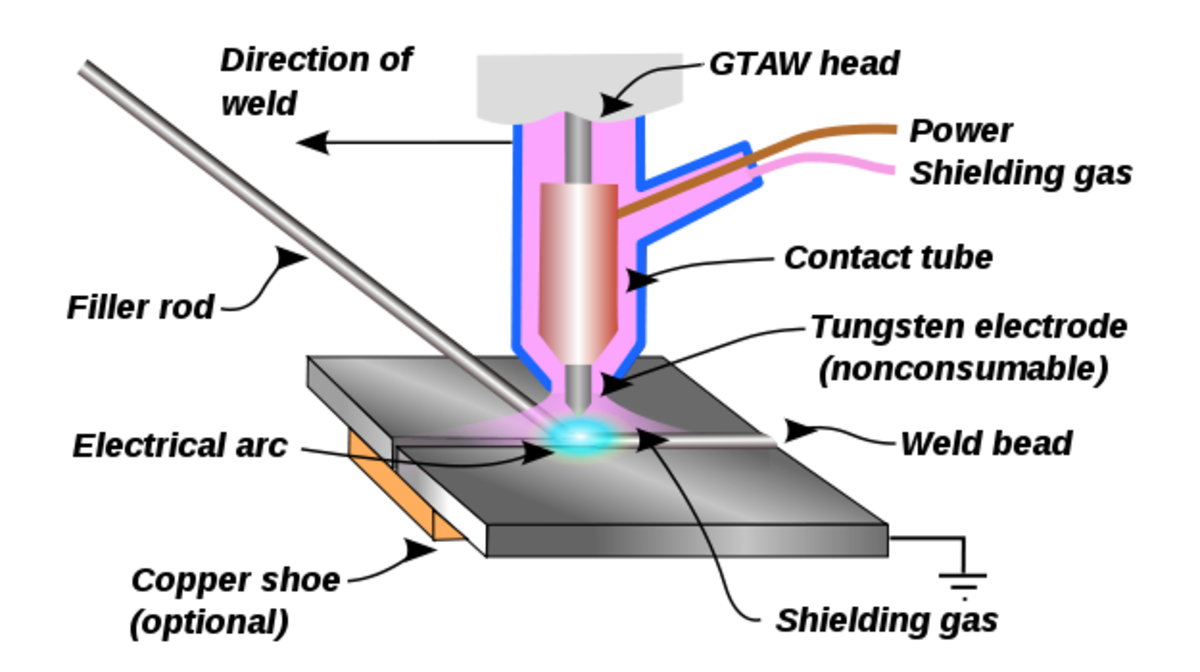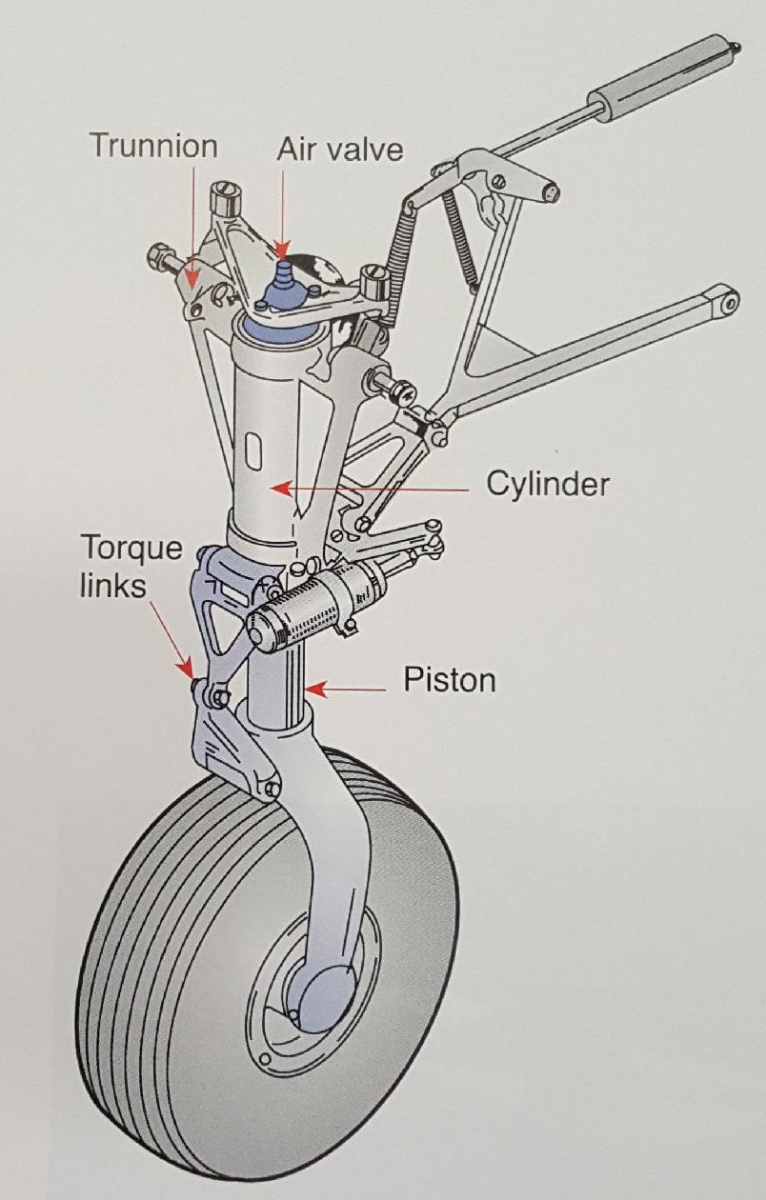Manufacturing Processes - Joining Techniques & Methods
Modern Metal Joining Techniques

Adhesive Bonding Joining Technique
Adhesive bonding has become a standard technique within the automotive industry since vehicles constructed from aluminium have become more popular. This has been in the quest to reduce the weight of cars for the benefit of making them more fuel efficient. Aluminium is much more difficult to weld than steel, especially when using spot welding techniques, so new processes such as adhesive bonding have had to be developed to overcome production problems.
The technique involves applying adhesive to prepared surfaces which are then brought together to join them. Sometimes heat is applied to encourage the adhesive to set.
Small area joints can be covered using automatic dispensers, this is well suited to hot melt and reactive polymeric adhesives. Larger areas are better dealt with using spraying techniques which are more suitable for low temperature viscosity and solvent based adhesives.
Adhesive bonding is a low cost process that normally has 100% material utilization. The exception is reactive adhesive which requires surplus adhesive to ensure adequate coverage of the joint. The joints are usually designed to minimize service stresses and the adhesive must wet the substrate to ensure a good bond. Low surface energy materials need special surface treatments to activate them for a good joint.
Cycle times are somewhat dependent on the rate of setting and, where heat is involved, the time taken to raise the joint temperature.
Panel Bonding Using Adhesive Joining
Machinery's Handbook - The Mechanical Engineer's Bible

Joining With Fasteners
Mechanical joining is an age old technique used for joining panels and other component types. Fasteners are inserted into pre-prepared holes that normally have been punched or drilled in the components to be joined.
The most common types of mechanical fasteners are rivets or nuts and bolts. There are many different types of both of these types of mechanical fastener. Rivets for example can come in the form of solid, tubular and pop rivets.
Pop rivets require a pop riveting tool in order to compress the rivet to clamp the joint. This is done by pulling the mandrel of the rivet towards the head of the rivet consequently deforming the shank to increase its diameter beyond the size of the hole it was inserted through and to plastically deform it so that it retains the deformed shape.It is because of the ability to use a pop rivet from one side of the joint only that the pop rivet is also referred to as a blind rivet.
Solid and tubular rivets work in a similar way, but access is required to both sides of the joint in order to use riveting tools to deform the shank.
Nuts and bolts come in a huge range of sizes and threads, some with features built in to prevent them coming loose under vibration and with different torquing features to suit different assembly tools.
The level or amount of torque required to tighten a bolt is calculated dependent on the materials being used and the size of the components. The calculation needs to take into account the size of the bolts with respect to the weakest feature and the yield strength of the material being used. Standard bolts can be tightened according to a table of torque strengths, but bolts with unique or special features may need a mathematical calculation done to establish an appropriate torque level.
Fastening Processes
Manufacturing Processes
- Manufacturing Processes and Methods Process
The selection of a manufacturing process is done very much on the basis of a manufacturer choosing the process that best suits his needs. Consideration must be given to a number of factors before deciding on a... - Materials Selection versus Manufacturing Process
Materials selection is inextricably linked to the manufacturing processes that are available produce a designed component or assembly. - Manufacturing Processes - Brazing and Soldering
Brazing and soldering comes under the manufacturing processes category of joining. The process in both cases involves introducing a low temperature alloy into a controlled gap between metal surfaces. An... - Manufacturing Processes - Friction Welding
Friction welding fits under the general manufacturing processes category of 'joining'. The process, as the name suggests, uses friction to generate heat energy. One component is rotated at high speed against... - Manufacturing Processes - Fusion Welding
Fusion welding belongs to the general manufacturing processes category of joining. One of the original welding techniques used was gas welding the best known of which is called Oxy- Acetylene welding. ...








